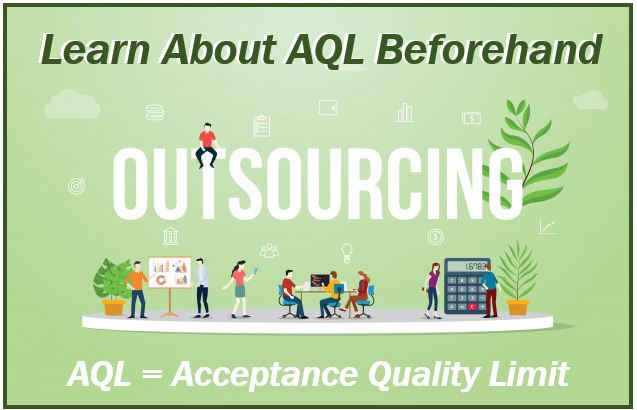On paper, outsourcing your manufacturing to Asia looks simple: you give the supplier the specifications of your product, import and sell it at home. In reality, when you do not directly control the production process, quality control acquires an even greater significance than usual, especially when your orders number in thousands and tens of thousands of units. This is why, if you want to maintain control over what happens on the other side of the world, you should learn what AQL is and how to use it.

1. What Is AQL?
AQL stands for Acceptance Quality Limit. It is, in simple terms, the worst tolerable quality level. It determines the acceptable percentage of defects found during random sampling quality inspections. It is typically expressed in the percentage or ratio of defective items to the size of a lot. The important thing to understand is that it is a scientific tool based on pre-determined procedures – while AQL may be different for different products and industries, the means of calculating it remains the same.
2. What Are General and Special Inspection Levels?
General inspections determine the tests that should be applied to all the items from the sampling. They range from I to III, from smaller to more significant number of sampled items. You should choose the level based on your budget and risk tolerance: I is the cheapest but also the riskiest, III is the most expensive but also the safest. Most inspections in China choose the golden middle ground and use level II. Special inspections are specialized tests that should be applied only to a portion of a sampling. They usually refer to the tests that are destructive for the product, too expensive to be used on a large scale, or usually show similar results across the batch.
3. How Does AQL Work?
The approach consists of two tables. AQL Table A determines the sampling size and inspection level. Table B determines the number of accepted and rejected defects. Using them is simple – from the first table, you choose the size of your lot and determine the levels of general and special inspections. From the AQL Table B, you choose your tolerance for defects: the highest allowed percentage of the selected type of defect and the number of defects at which you reject the lot.
4. What Are Typical Defect Percentages?
Defects are divided into minor (do not lead to rejected shipments by themselves but are unacceptable after a certain threshold), major (will probably result in product returns but do not carry safety risks) and critical (completely unacceptable – those that violate regulations or can endanger users). While different industries and products have different AQLs for different types of defects (e.g., medical products have very strict requirements because they pose health risks), the most common are: 4 for minor, 2.5 for major and 0 for critical.
5. Why Is AQL Better than 100% Inspection?
It may be nice to be entirely sure about the quality of your entire shipment, but in most cases, it is not a viable option. While you can check the entirety of a small lot, as the quantities ordered go up, the costs of testing them are getting more and more prohibitive. AQL is a long-established statistical model that maintains a balance between the value of the inspection and its effectiveness.
While there is more to AQL than is covered here, now you know the basics you need to start using this inspection method when outsourcing your manufacturing. However, keep in mind that the method will not work by itself – you should find a reliable inspection agency to use it on the production site.
Interesting related article: “What is Quality Control?“
